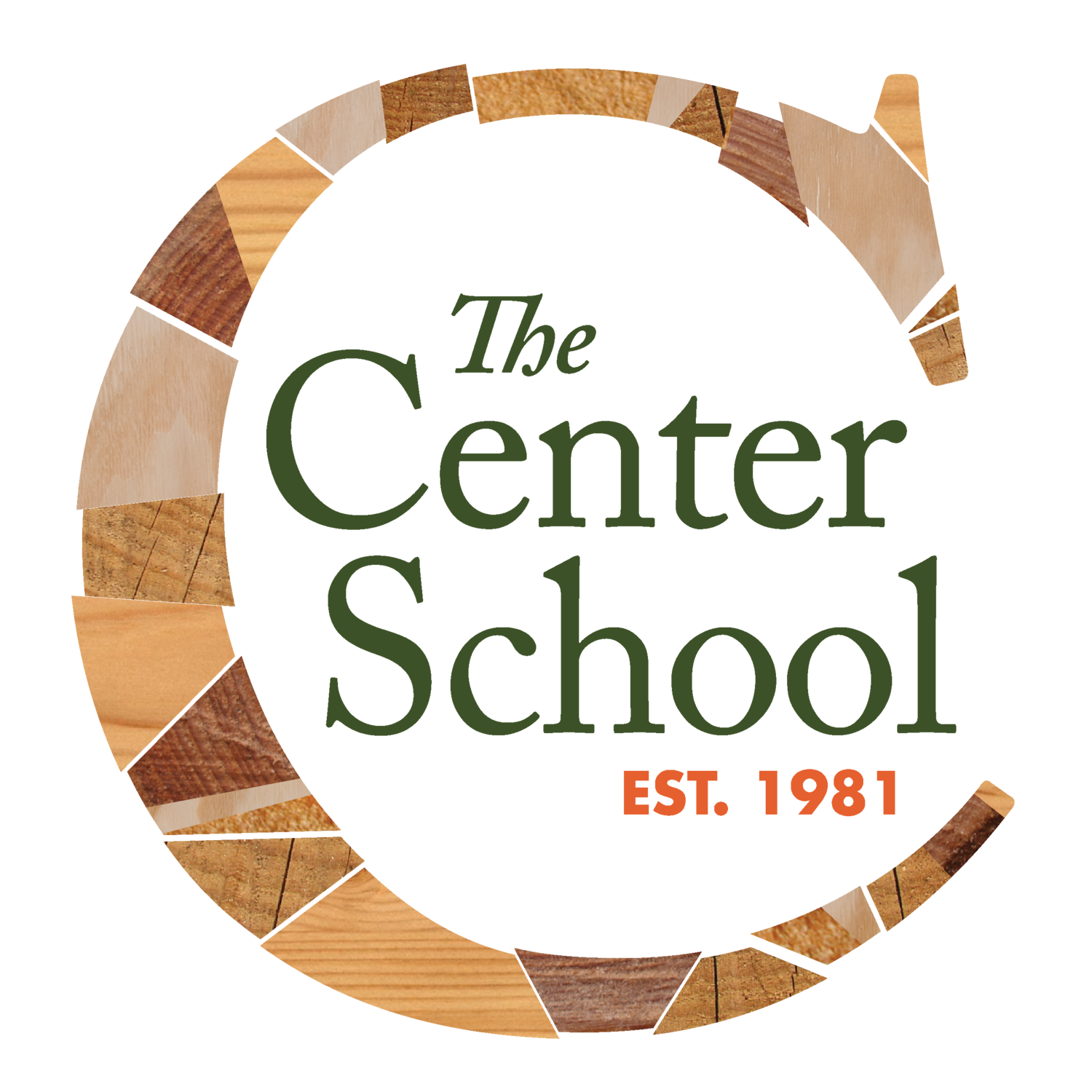The Power of Choice in the Mups
The other day during Choice, I watched a small group of Mups huddled around the sign-up chart. One child sighed when they realized their first pick was already full. Another leaned over and said, “You can do collage with me.” A few minutes later, those same children were side by side, snipping paper and comparing colors, their disappointment already transformed into something new. Moments like this happen daily during Choice: small but profound rehearsals of flexibility, empathy, and resilience.
Choice is a 45-minute block at the end of every day. Students select from a rotating menu of small-group activities—about four or five children in each. Sometimes the offerings lean toward imaginative play, sometimes building or STEM exploration, other times art-making or interactive games. The specifics change, but the structure is steady: a chance to choose, to join, and to create together.
When I first arrived at the Center School, this rhythm surprised me. In other schools I’d worked in, “choice” was a rare treat—maybe a Friday afternoon extra, or something children earned for “good” behavior. Here, it is simply a given. At first, I worried: How can we give up so much time each day? There is so much to teach.
Over time, I began to see what was really happening. Choice isn’t a pause in learning—it is learning. Children practice the real work of community: managing disappointment when they don’t get their first pick, negotiating turns, learning the give-and-take of collaboration, and even handling the sting of losing at a game. Ruth Charney, in Teaching Children to Care, reminds us that children need opportunities to practice caring. Choice provides that daily practice—caring for the materials, for their peers, and for themselves as decision-makers.
There is also rich skill-building, though it rarely looks like a traditional lesson. Building activities stretch spatial reasoning and perseverance. Art choices strengthen fine motor muscles and spark creative expression. Games call on strategic thinking, patience, and number sense.
Chip Wood, in Yardsticks, writes that “development is a journey, not a race.” He reminds us that a child’s growth is not only cognitive, but also social, emotional, and physical—and that each domain shapes the others. Choice makes this visible. A block tower isn’t just a block tower; it’s an exercise in balance and geometry, but also in collaboration, patience, and joy. A board game isn’t just entertainment; it’s a space where children wrestle with fairness, impulse control, and persistence. The social and the academic are not separate tracks—they are woven together in every moment.
And perhaps most importantly, Choice honors children’s agency. In a world where so much of their day is decided for them—what they learn, when they eat, where they sit—this protected time says: your ideas matter, your play is meaningful, your choices have value.
At the Center School, we know that deep learning doesn’t only happen at desks or in notebooks. It happens in the laughter around the game board, the careful stacking of a block tower, the quiet focus of folding paper, the moment a child works up the courage to ask, “Can I play too?”
And of course, the Mups themselves say it best:
“I like that you can be with random people in a choice. Once I didn't want to be in Jenga but Data and Oona said ‘Come on! It’s fun!’ And it was really fun. We did bowling with the Jenga blocks.” - Luna
“I like choice because you get to choose what you do. It feels annoying to not get your first choice but a lot of times it comes around again and you can do it another day.“ - Tuli
“I like choice because when you're choosing a choice there is some suspense that you might not get the choice you want. But when you do get your ideal choice it is so fun.” - Rory Fern
“I like that you can choose fun things that you don't always get to do. When you don't get the choice you want it feels a little disappointing but it can actually end up being really fun to be in the choice you end up in.” - Ember
Choice is not time set aside from learning; it is learning. And it is the kind of learning children carry with them—into friendships, into classrooms, and into the wider world.




